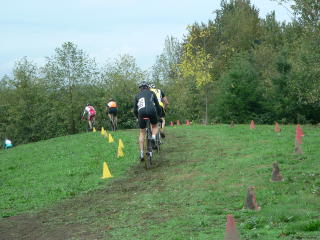Hello all. Mary and I are spending our Sunday doing laundry. Aren't we exciting? Yesterday we went on a nice bike ride. 2 hours on the road bike. I can't believe the difference between the road bike and the cyclocross bike. The road bike is so much more lively and quick. It felt nice finially riding it again. Last night was the Wild Rivers Multi Sports (Mary's tri club) party. It was pretty fun. I overheard many conversations about base training and heart rates, and I wanted to clarify some misconceptions people have about heart rate training. Here's another long post about exercise physiology. Read it and learn something.
Everyone i talked to last night had an arbitrary number they used to train at during all of base trainig. This number is calculated by subtracting your age from 180. This is a very inaccurate way of determining base training heart rate(s.) A much more accurate way to determine target heart rates is finding your heart rate at lactate thresold. Lactate thresold heart rate (LTHR) is easliy found by a simple test on the bike (a 30 minute time trial) but is harder to find while running or swimming, or some other activity. LTHR varies with each activity. Your LTHR while cycling would be very different then your LTHR while cross country skiing, for example, due to many more muscle groups being used while skiing. For examples we will use my current LTHR, which is 191 beats per minute.
But Brooks, why not train based off maximum heart rate?
Well I'm glad you asked. People like to use the generic 220 minus your age fomula to determine maximum heart rate, and base all heart rate zones from this number. This again is an inacurrate means of figuring out training zones for two reasons. 1. A person's maximum heart rate is rarely 220 minus your age, and 2. Not everyone's LTHR is the same percentage of maximum heart rate. Examples: My maximum heart rate is 205 beats per minute, not 194 (220-26.) Using this generic formula, lactate thresold is 85% of maximum heart rate. Again, my LTHR is 191 beats, or 93% of my maximum, no where near 85%.
What the hell does this mean, Brooks?
Lets say rider "A" has a max heart rate of 192 beats per minute, and his actual LTHR is 163 beats (85% of max,) and rider "B" has a max of 202, and LTHR of 190 (94% of max.) If both riders used the generic 85% of maximum as LTHR, rider "A" would be right at lacate threshold, training would be accurate and he would see improved performances. Rider "B" would be considerably under his LT. Rider "B's" training would suffer, because his training zones were inaccurate, and performances would stagnate, improve very slowly, or even decline.
Back to that 180 minus your age thing. If I used this while base training, I would have to keep my heart rate under 154 beats per minute (180-26=154.) This is at the high end of Zone 1 (65-81% of LTHR.) This trainig zone is for recovery, not for aerobic development! Zone 2 is used for aerobic develpment and is performed at 82-88% of LTHR, in my case 156-168 beats per minute. Zone 2 is an ideal base building heart rate zone.
In future posts, I will list all the training zones as a percentage of LTHR. There is also another, less scientific approach to training, that works incredibly well, called "Rating of Perceived Exertion," or RPE. I will get into RPE later.
So in summary, find your LTHR and base all training zones off of it and you will see improved race results. Train smarter, not harder!


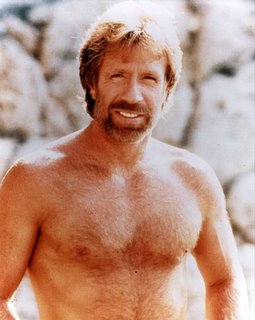

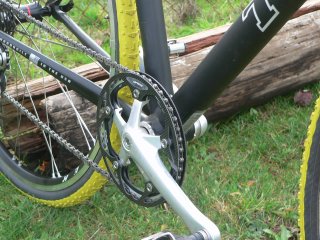

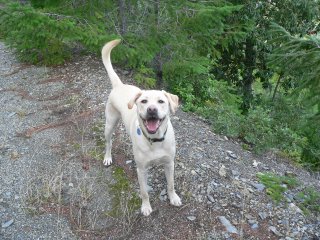
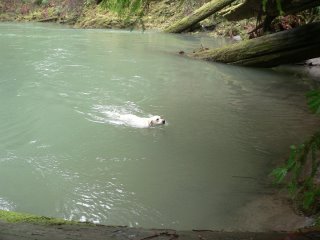
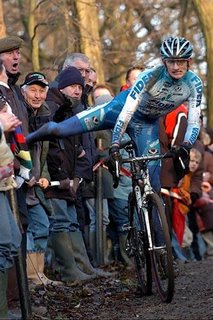






 my cycling season is officially over. bring on the off-season! off-season training sounds so much better before you actually start offseason training though. long miles and lonely hours in the cold. this year i'm actually going to lift weights religiously. my spindly legs look funny next to the tree trunks other racers have. power is an area i need to work on anyways. sustained power and aerobic endurance. those are the off-season goals. my anaerobic system is awesome, and power at LT is awsome. weights and long, long miles are what i need. this book is the shit. everyone who is their own coach should read it and follow it. tomorrow i go back to work for a 48 hour shift, so i can get lots of reading in, and figure out my upcoming season's racing goals. i'll let everyone know sometime this weekend.
my cycling season is officially over. bring on the off-season! off-season training sounds so much better before you actually start offseason training though. long miles and lonely hours in the cold. this year i'm actually going to lift weights religiously. my spindly legs look funny next to the tree trunks other racers have. power is an area i need to work on anyways. sustained power and aerobic endurance. those are the off-season goals. my anaerobic system is awesome, and power at LT is awsome. weights and long, long miles are what i need. this book is the shit. everyone who is their own coach should read it and follow it. tomorrow i go back to work for a 48 hour shift, so i can get lots of reading in, and figure out my upcoming season's racing goals. i'll let everyone know sometime this weekend. 




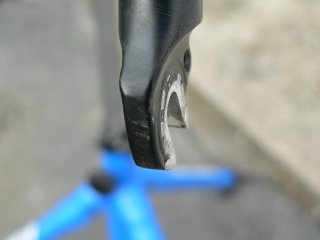
 ride one of the beater mountain bikes we have lying around. we'll see what happens. i'll have to talk to her about it.
ride one of the beater mountain bikes we have lying around. we'll see what happens. i'll have to talk to her about it.
















